The Earthquake That Built Santa Barbara
In the early morning of June 29, 1925, Santa Barbara was jolted awake by a powerful 6.3 magnitude earthquake. The tremor lasted a mere 18 seconds but left an indelible mark on the city. Seventy-four downtown buildings were destroyed or deemed unsafe, including the iconic twin towers of Mission Santa Barbara. Despite the devastation, the community's response was swift and unified, laying the foundation for a remarkable transformation.
In the quake's immediate aftermath, Santa Barbara's residents demonstrated resilience and solidarity. With aftershocks continuing, many spent the summer sleeping outdoors. Essential services adapted quickly: Cottage Hospital moved its operations outside, postal services were conducted in open-air setups, and communal efforts ensured that food and supplies reached those in need.
A notable act of heroism came from a gas company engineer who promptly shut off the city's gas supply, preventing potential fires similar to those that devastated San Francisco in 1906.
The disaster presented an opportunity to reimagine Santa Barbara's architectural identity. Civic leaders, including philanthropist Frederick Forrest Peabody and civic advocate Pearl Chase, spearheaded efforts to rebuild the city in the Spanish Colonial Revival style. This cohesive architectural vision not only restored the city's charm but also established its unique aesthetic that endures today.
Institutions like the Santa Barbara Public Library played a crucial role in the city's recovery. Under the leadership of librarian Francis Burns Linn, the library quickly found temporary housing to continue serving the community, highlighting the importance of cultural and educational resources in times of crisis.
The collective efforts following the 1925 earthquake not only rebuilt Santa Barbara, but also redefined its identity. The city's transformation into a hub of Spanish Colonial Revival architecture stands as a testament to the community's resilience and vision.



